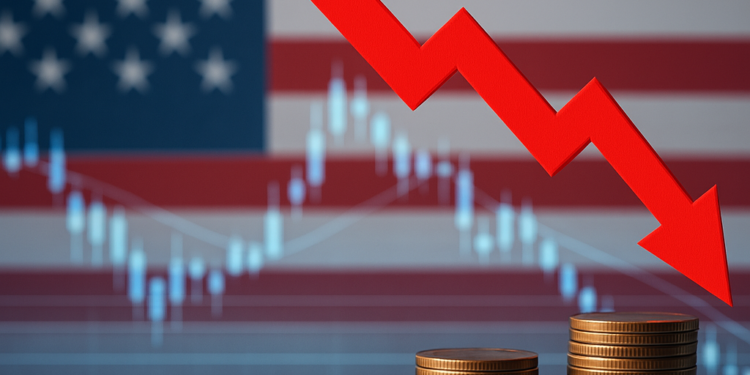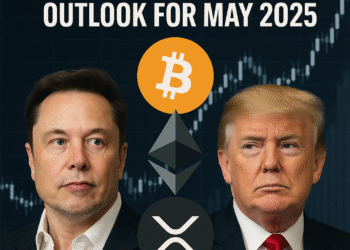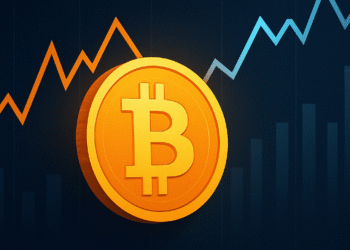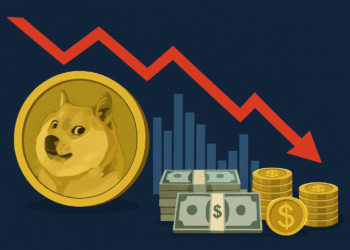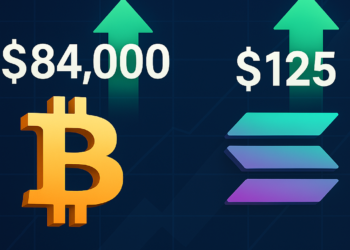Despite initial fears of stagflation, recent market signals suggest that former President Donald Trump’s revived tariff push may actually bring inflation down over the long run—opening the door for potential Federal Reserve rate cuts and a crypto market rebound.
The ongoing trade war, especially between the U.S. and China, has raised inflation alarms. Yet, historical and market-based evidence increasingly point to tariffs being disinflationary in advanced economies like the U.S. This shift in outlook has renewed optimism in risk-on assets, including Bitcoin (BTC), which has dropped nearly 20% since early February amid a broader wave of risk aversion.
Why Tariffs Might Lower Inflation
Tariffs generally increase the cost of imported goods. In the short term, this can lead to higher prices for consumers. However, when wages don’t rise alongside these costs, consumers often cut back on spending—leading to inventory surpluses, reduced demand, and eventually lower prices.
This deflationary effect was emphasized by economist Jim Paulsen, who stated:
“Since the days of Smoot-Hawley, tariffs have never been inflationary. Rather, they are deflationary and stimulative. The cavalry is coming.”
Data backs up this view. The five-year breakeven inflation rate has declined from 2.6% to 2.32%, and the 10-year rate has fallen from 2.5% to 2.19%, according to the St. Louis Fed. These breakevens reflect investor expectations for future inflation and indicate a shift toward a more disinflationary outlook.
Stagflation Fears vs. Market Realities
The Federal Reserve’s recent economic projections hinted at stagflation—a troubling combination of low growth, high inflation, and rising unemployment. This has been the worst-case scenario for risk assets like Bitcoin and equities, contributing to their recent downturn.
However, inflation breakevens and historical patterns show that tariffs may act as a one-time price adjustment. In the absence of rising wages, higher prices eventually suppress demand and create downward pressure on inflation.
A 2001 study by economist Ravi Batra echoed similar conclusions, noting that in the U.S., high tariffs have historically been followed by declines in the cost of living—contrary to popular belief.
What This Means for Crypto
If tariffs lead to a long-term decline in inflation, the Fed may soon have the green light to pivot toward rate cuts. That’s bullish for crypto. Lower interest rates generally weaken the dollar and make riskier assets like Bitcoin more attractive.
So while recent volatility has spooked investors, current trends suggest that fears over stagflation may be overblown. If inflation continues to cool, the next leg up for crypto could be just around the corner.


